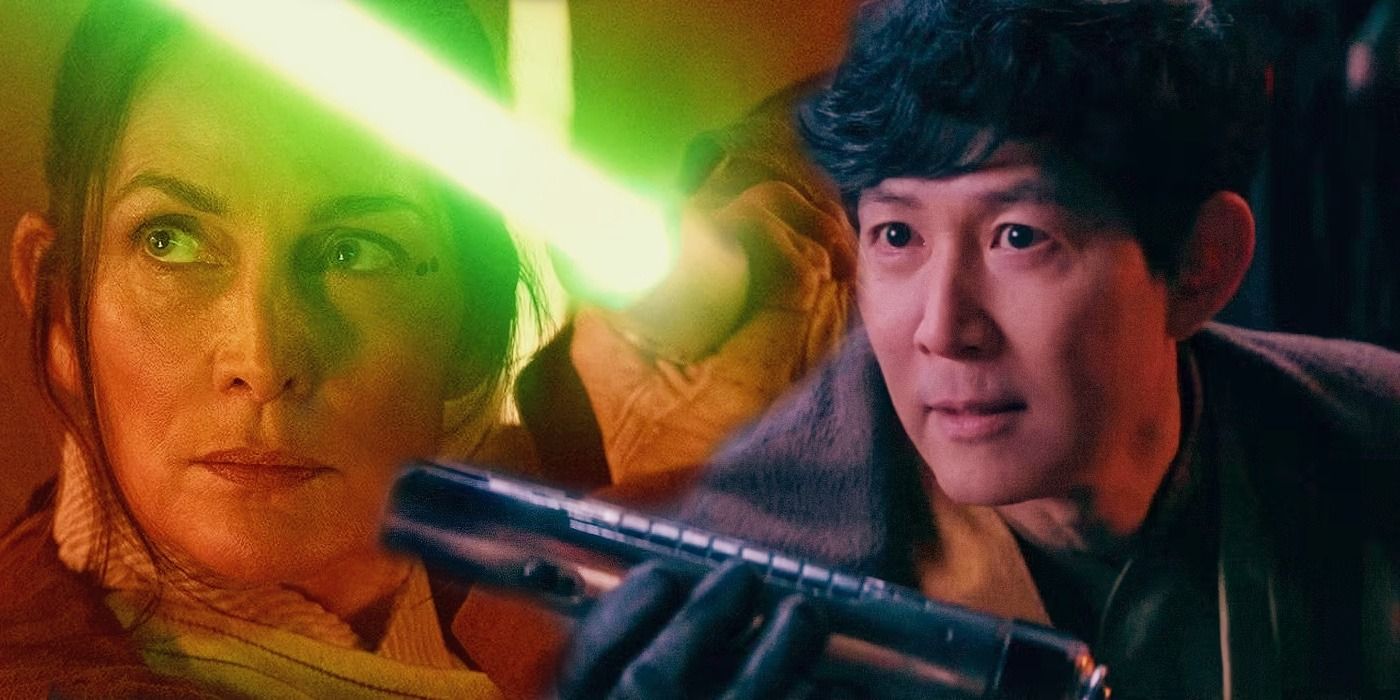
In truth, this isn’t the only change The Acolyte has made to Star Wars’ lightsabers. In fact, the show introduced a brand-new Sith lightsaber wielded by Qimir/the Stranger and brought Vernestra Rwoh’s lightwhip to live-action. Those updates were largely well-received, though; by contrast, Star Wars audiences were generally displeased with the look of The Acolyte’s thicker lightsabers. However, The Acolyte made this change to lightsabers for a reason, and it has interesting implications for Star Wars moving forward.
The Acolyte’s Lightsabers Are Likely Thicker For Production Reasons
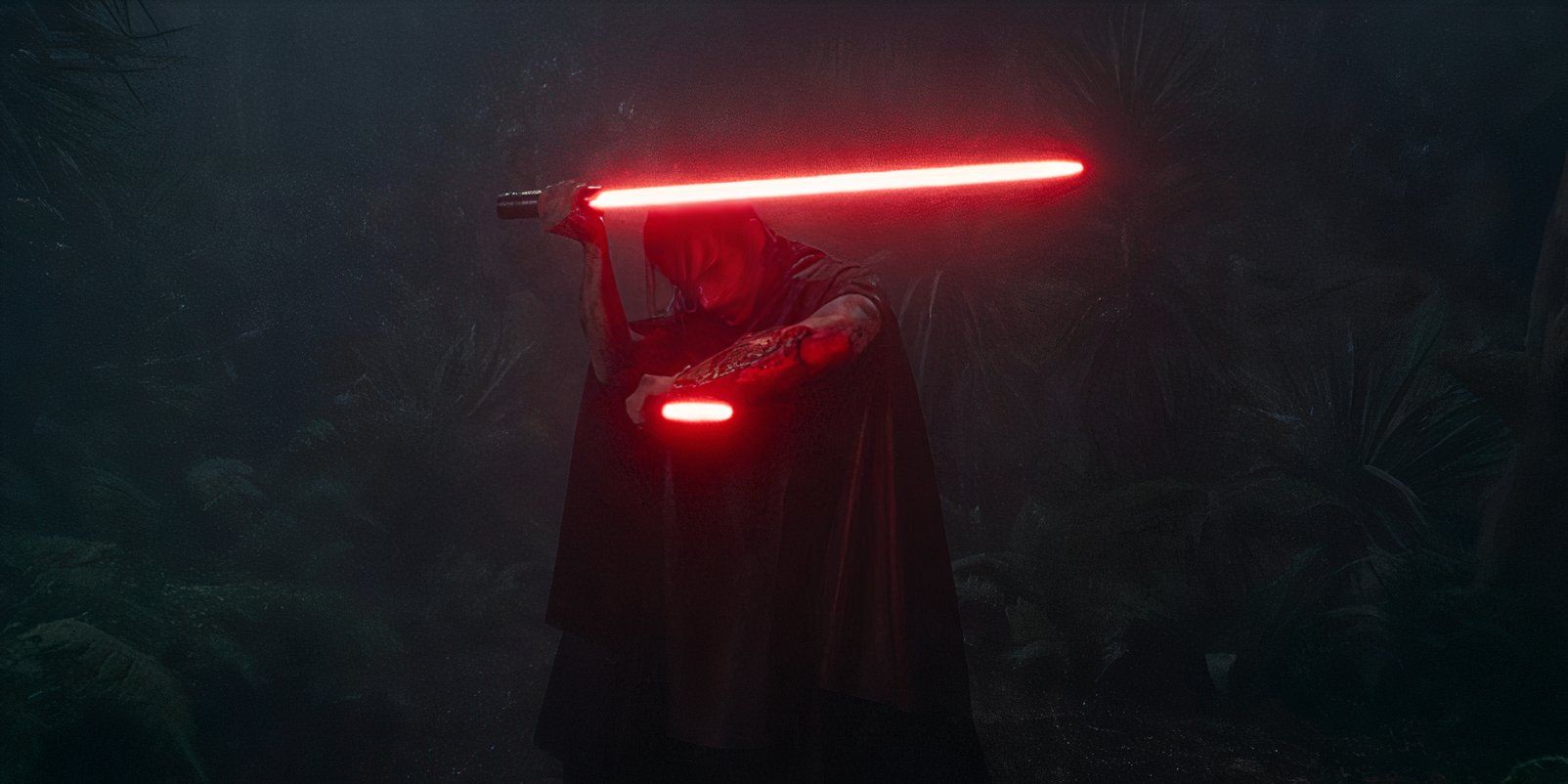
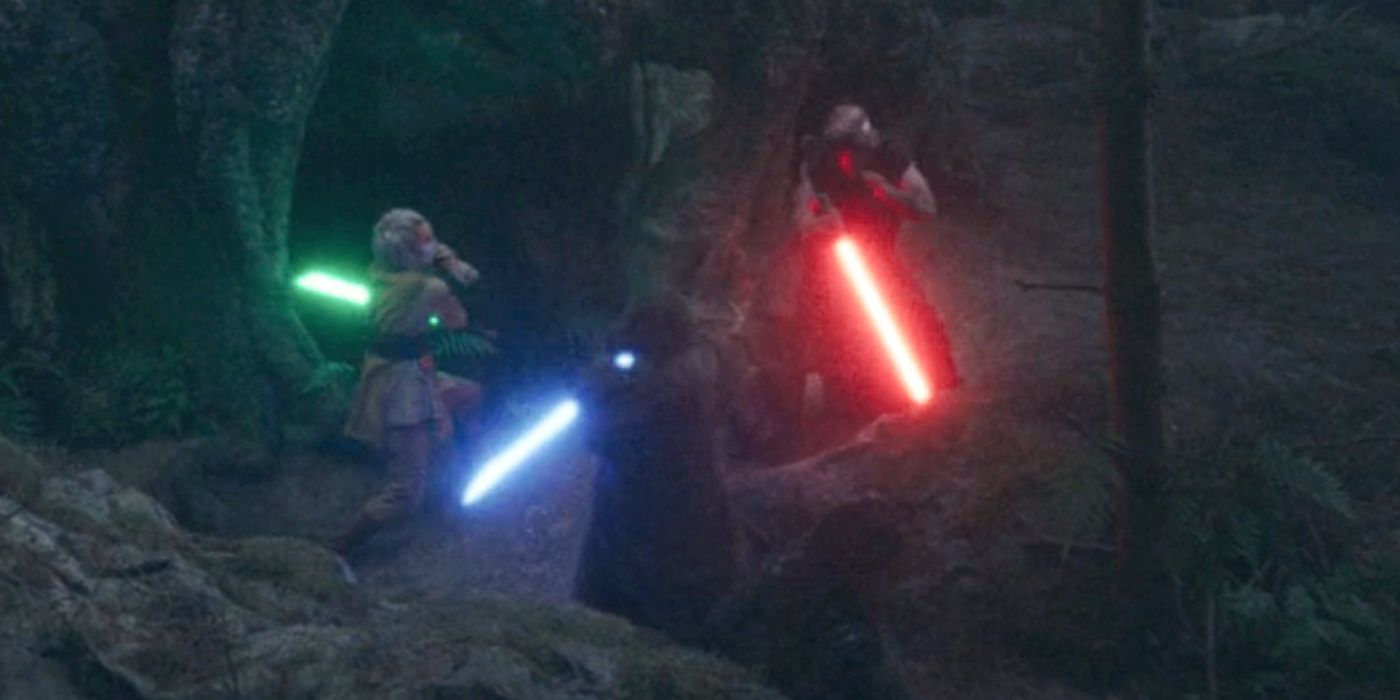
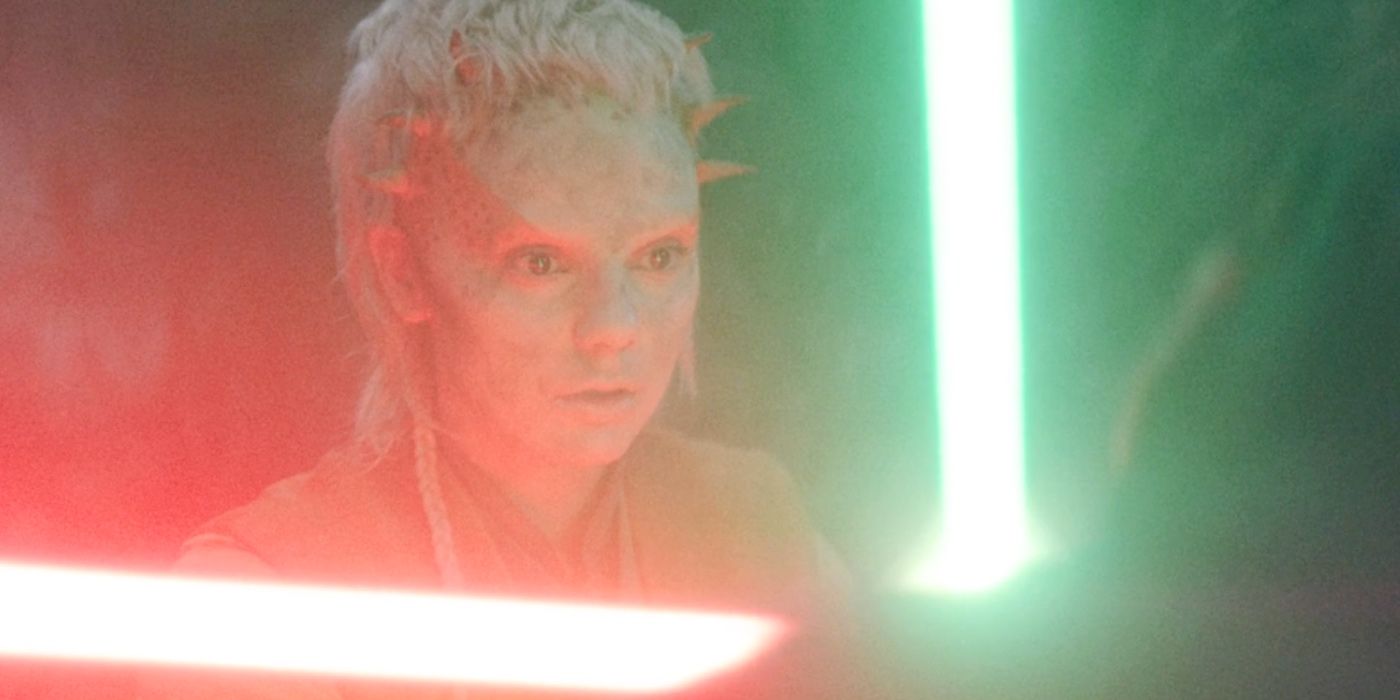
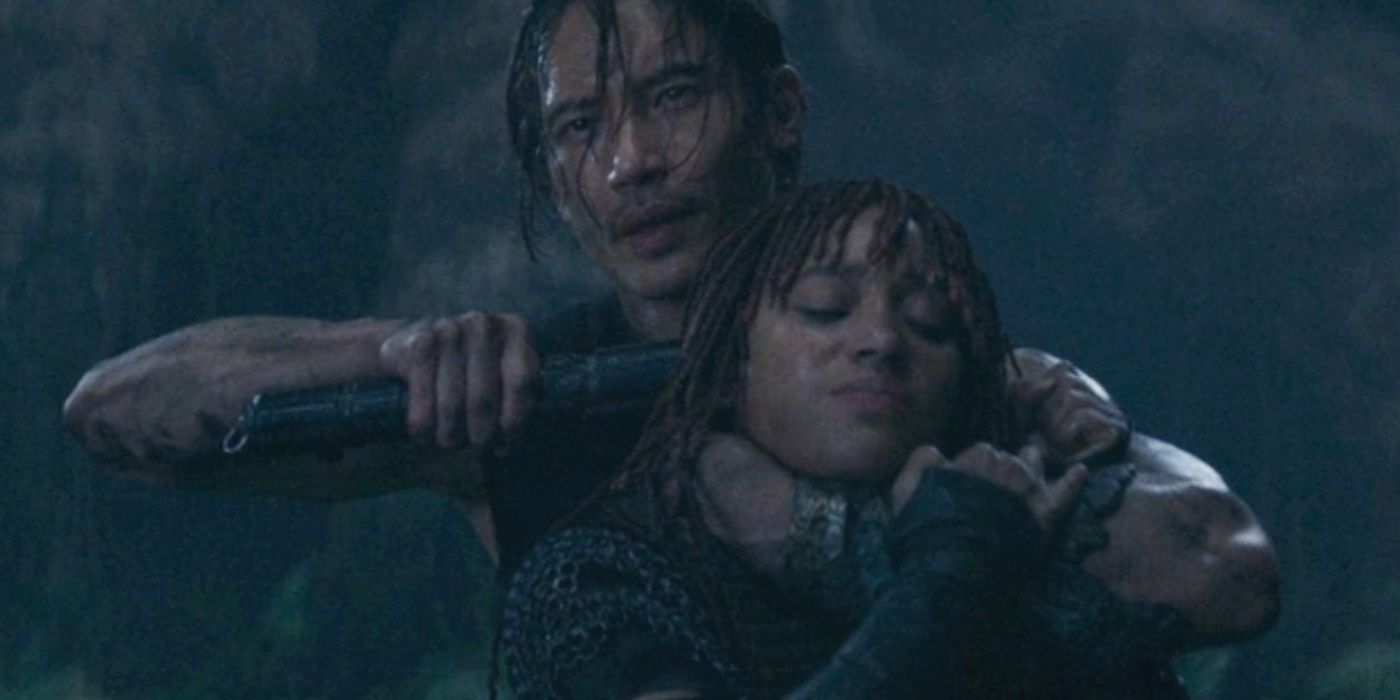
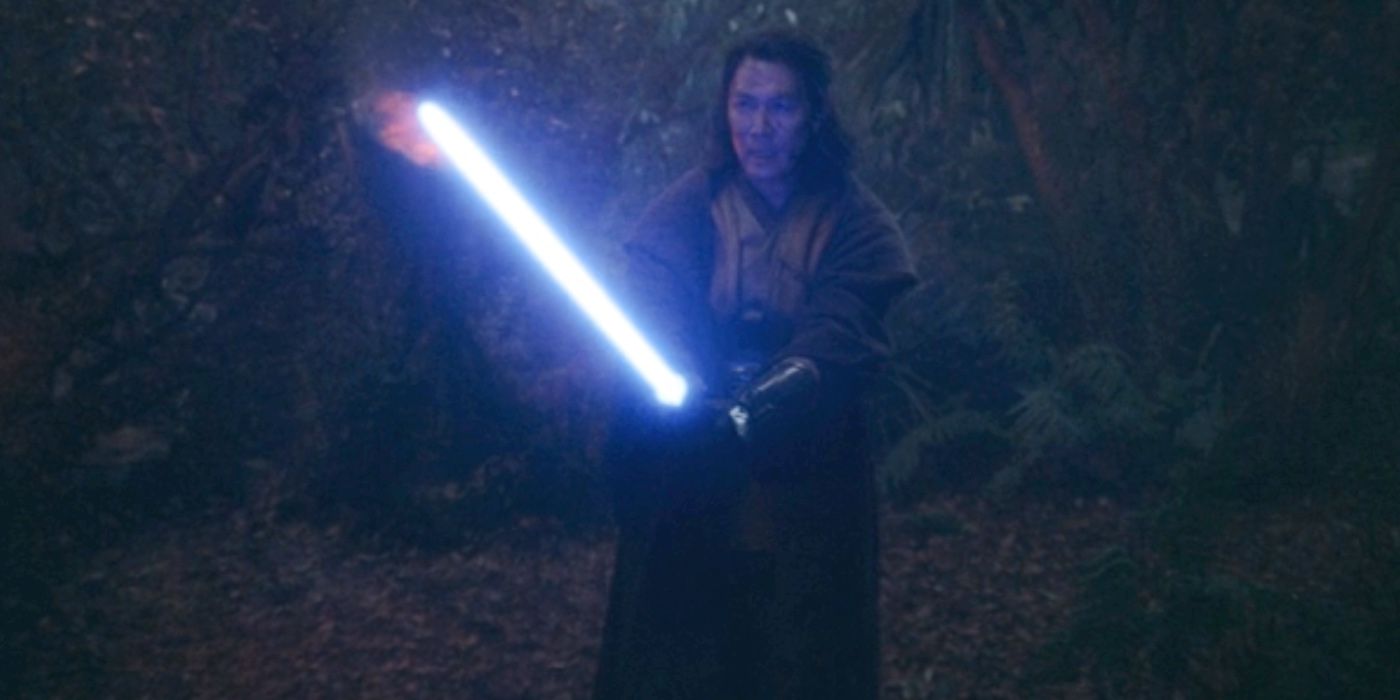





Behind the scenes, lightsabers have changed considerably throughout the franchise’s nearly five decades. In the original trilogy, the lightsaber props were much closer to swords than the lightsabers Star Wars is known for today, and, more difficult for the actors, they were evidently not the sturdiest. In fact, more often than not, when they came into contact with each other, they were damaged—clearly, this didn’t work well for battle sequences.
The prequel trilogy made many updates to lightsabers. For one, the movies expanded the canon lightsaber colors thanks to Samuel L. Jackson’s personal request for a purple lightsaber. However, as props, they were also updated. In the prequels, the props were made of steel and aluminum rods. While this did improve their durability, Obi-Wan Kenobi actor Ewan McGregor and Anakin Skywalker actor Hayden Christensen have spoken about how quickly their sabers became bent in battle.
The Acolyte has now taken this design change one step further.
Of course, the sequels expanded lightsabers that much more, not only by introducing new designs like Kylo Ren’s crossguard lightsaber but also by changing the lightsaber props behind the scenes. In the sequels, the props actually had glowing blades during filming, which was a major upgrade and undoubtedly made scenes feel more realistic on set. The Acolyte has now taken this design change one step further.
In The Acolyte, the lightsabers have LED tubes, yet again improving their appearance on set. However, it is likely this change that led to the bulkier lightsaber hilts seen throughout the show. Because the sabers now have LED blades, they require battery packs, and, unlike in other live-action TV shows such as The Mandalorian, The Acolyte’s battery packs are inside the lightsaber hilts themselves, giving them their thicker appearance.
The Acolyte’s Lightsabers Mean Jedi Blades Changed In The Century Before TPM
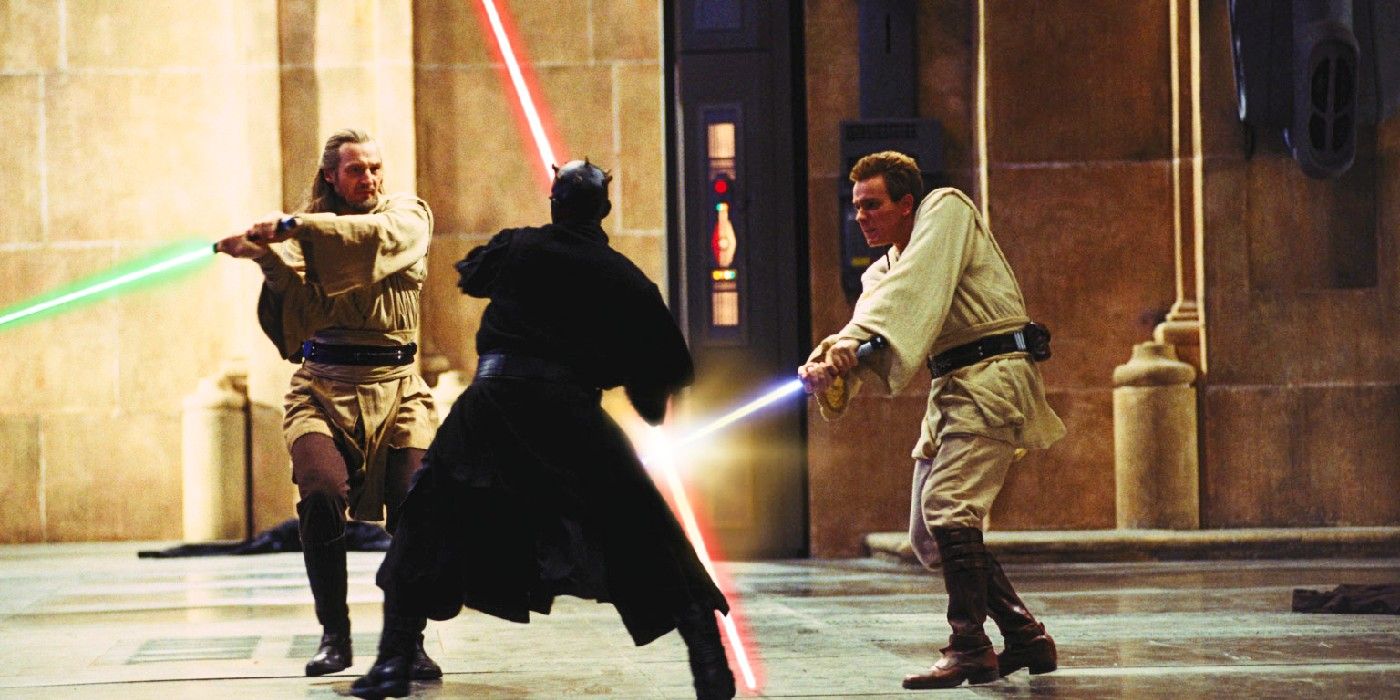
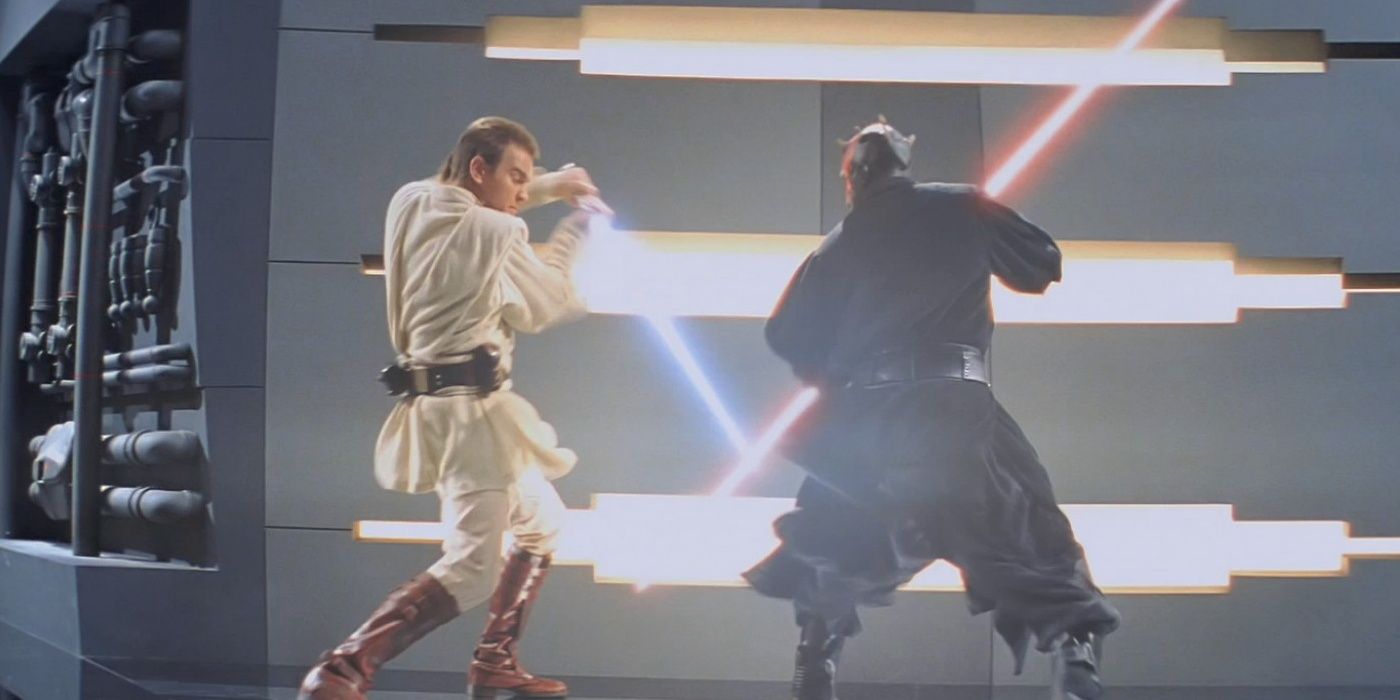
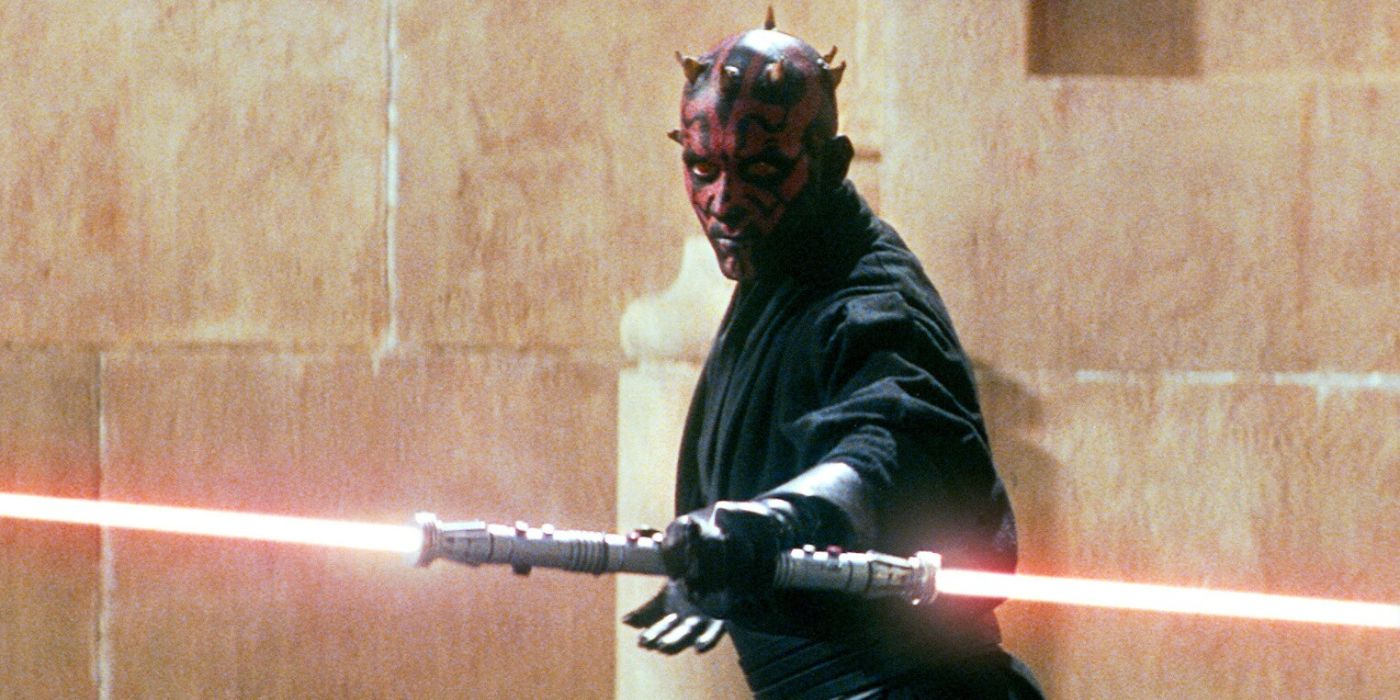
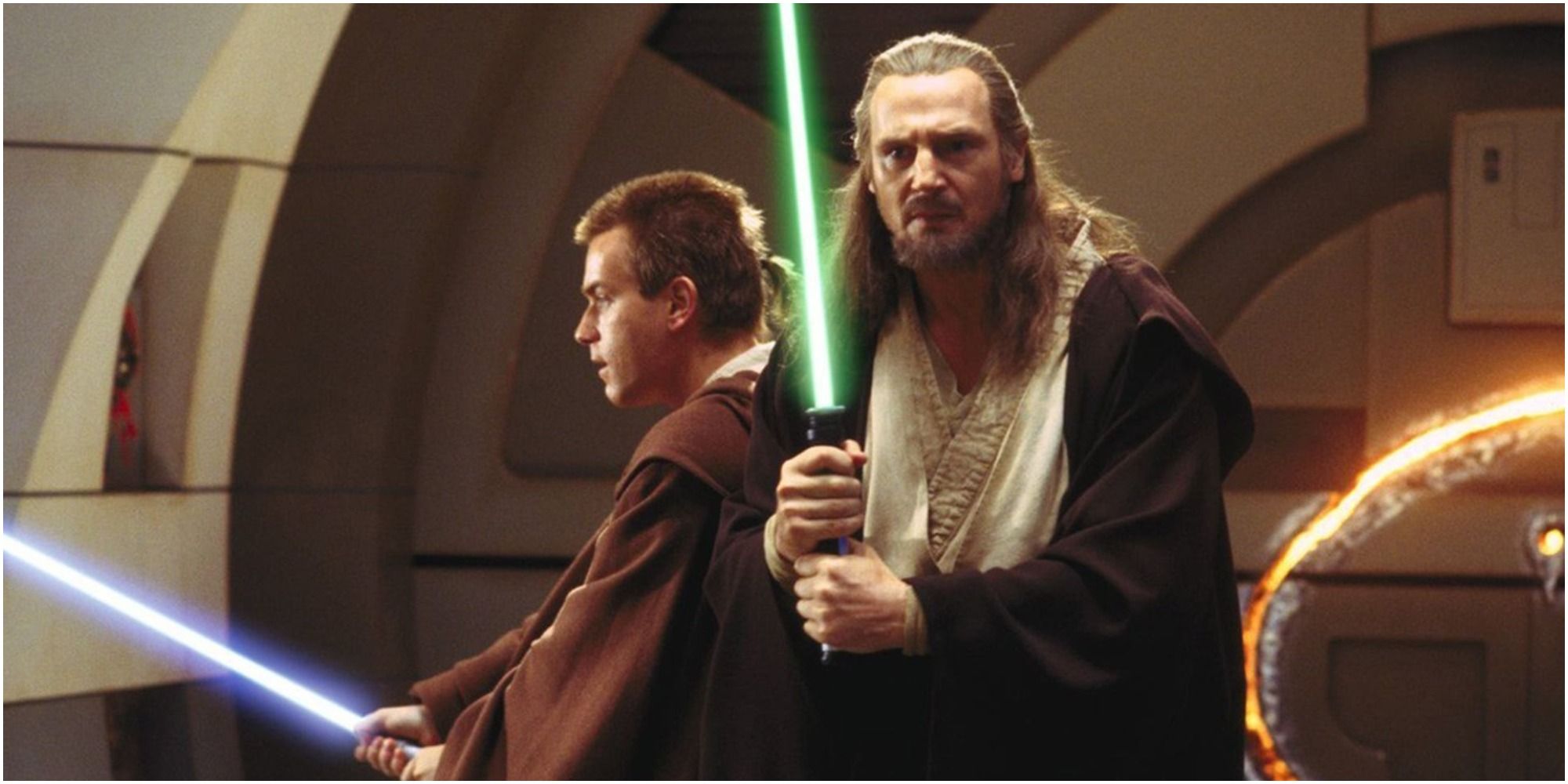
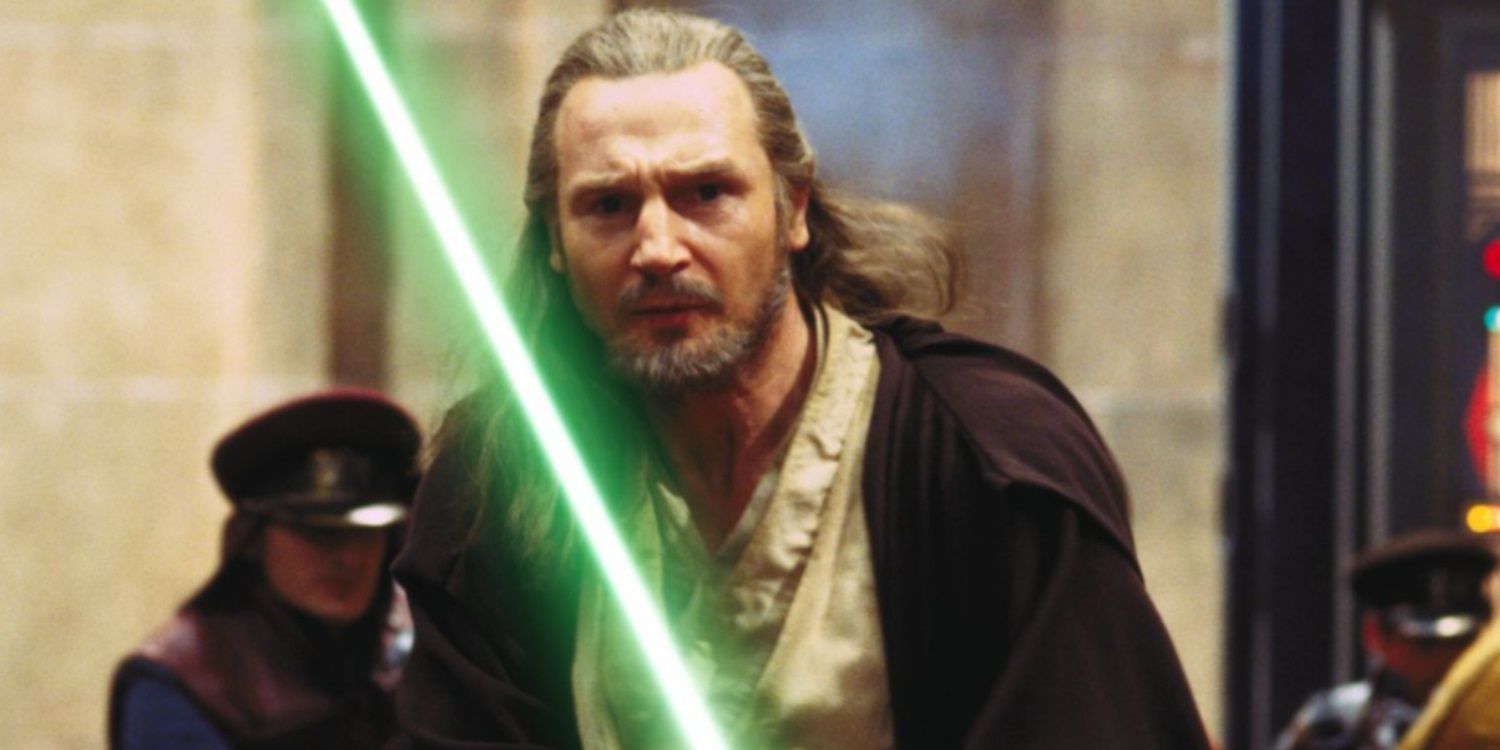





Due to this lightsaber change behind the scenes, lightsabers have also changed in-universe in The Acolyte. The Acolyte is set 100 years before Star Wars: Episode I – The Phantom Menace in the Star Wars timeline, meaning that these Acolyte sabers, essentially, represent an outdated model. However, as this video, posted by Generation Tech on YouTube, makes clear, it’s logical that there would be such a design change over the course of a century.
As the video explains, even in the real world, when technology becomes more advanced, it slims down. This has proven true throughout iterations of phones, computers, TV, etc. Over time, technology is adapted so that it works just as well (or, usually, even better) but takes up less space. Presumably, this is also true of lightsabers.
It makes sense that the Jedi would still have been modifying lightsabers throughout the High Republic Era.
It makes sense that the Jedi would still have been modifying lightsabers throughout the High Republic Era and into the prequel trilogy. In fact, those modifications never really stop, which is why new lightsaber designs are introduced in most new Star Wars shows and movies. Arguably, this transition would make even more sense as the Jedi faced greater challenges, such as the emergence of the Sith and the beginning of the Clone Wars.
How Would Lightsaber Changes Have Affected Combat Forms?
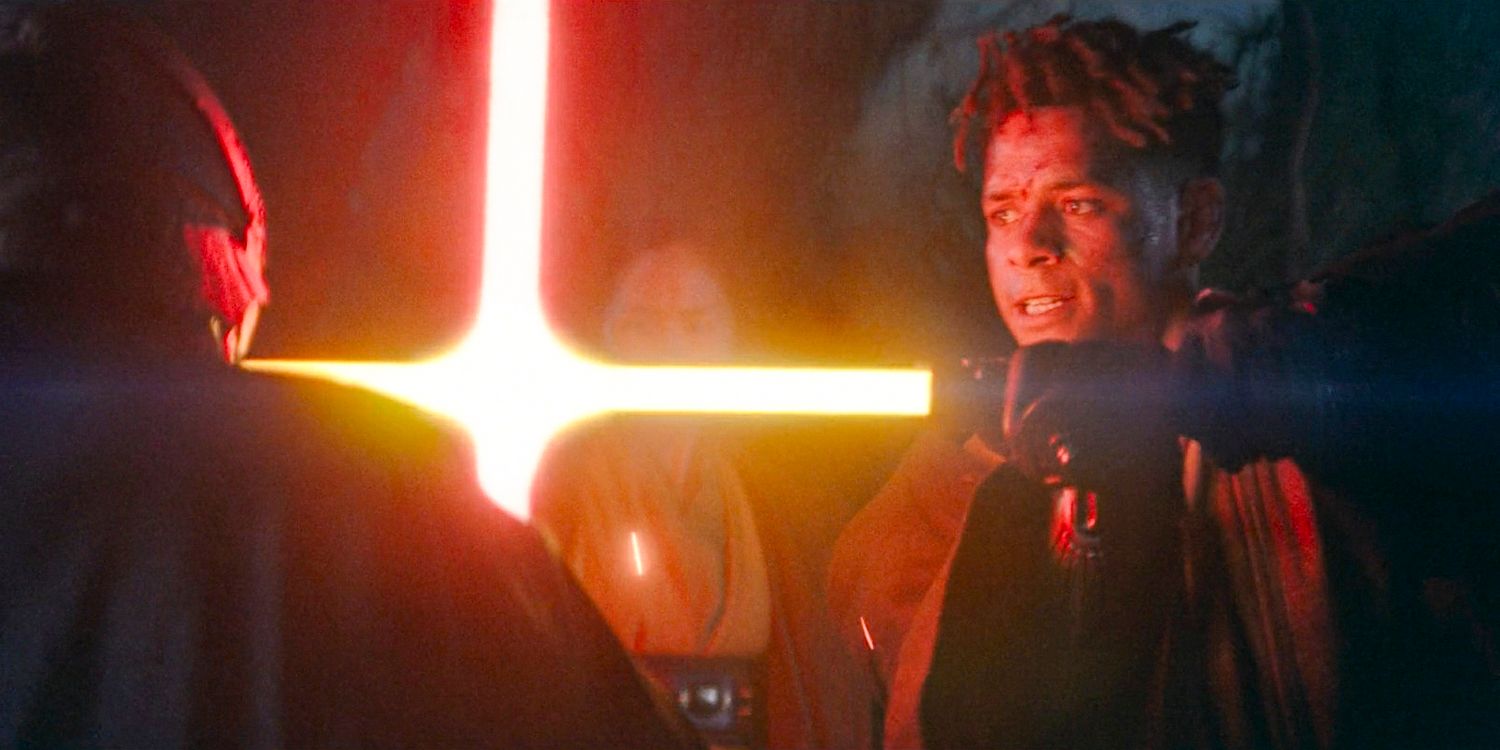
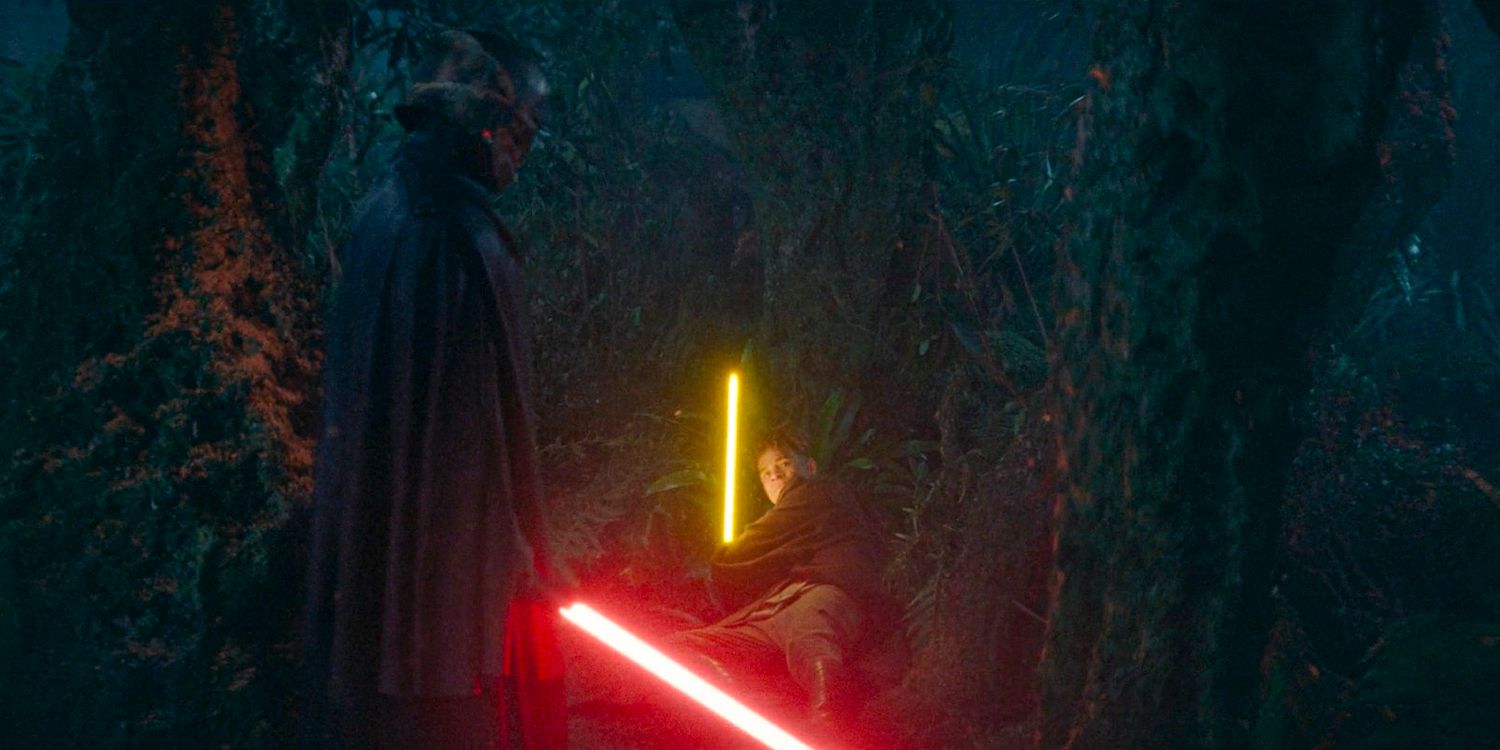
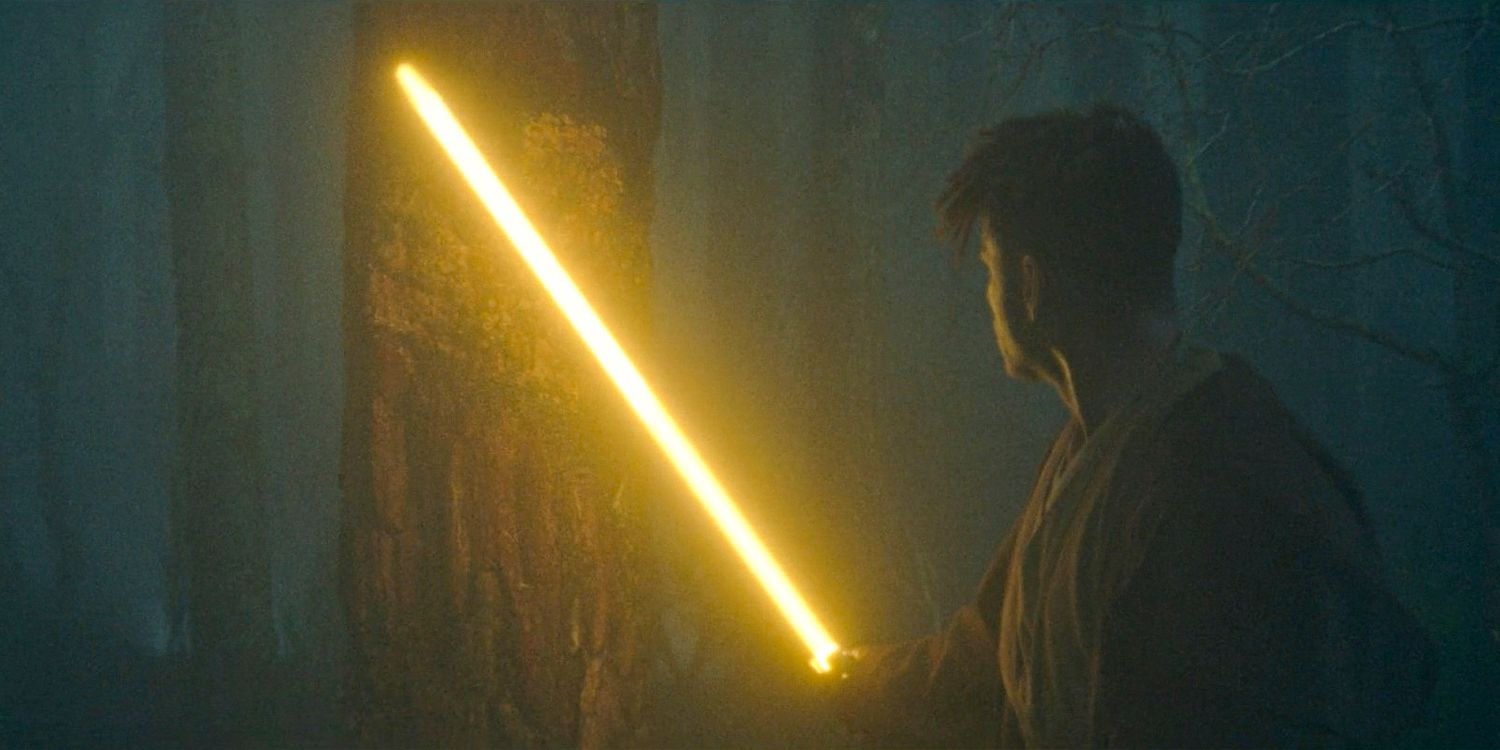
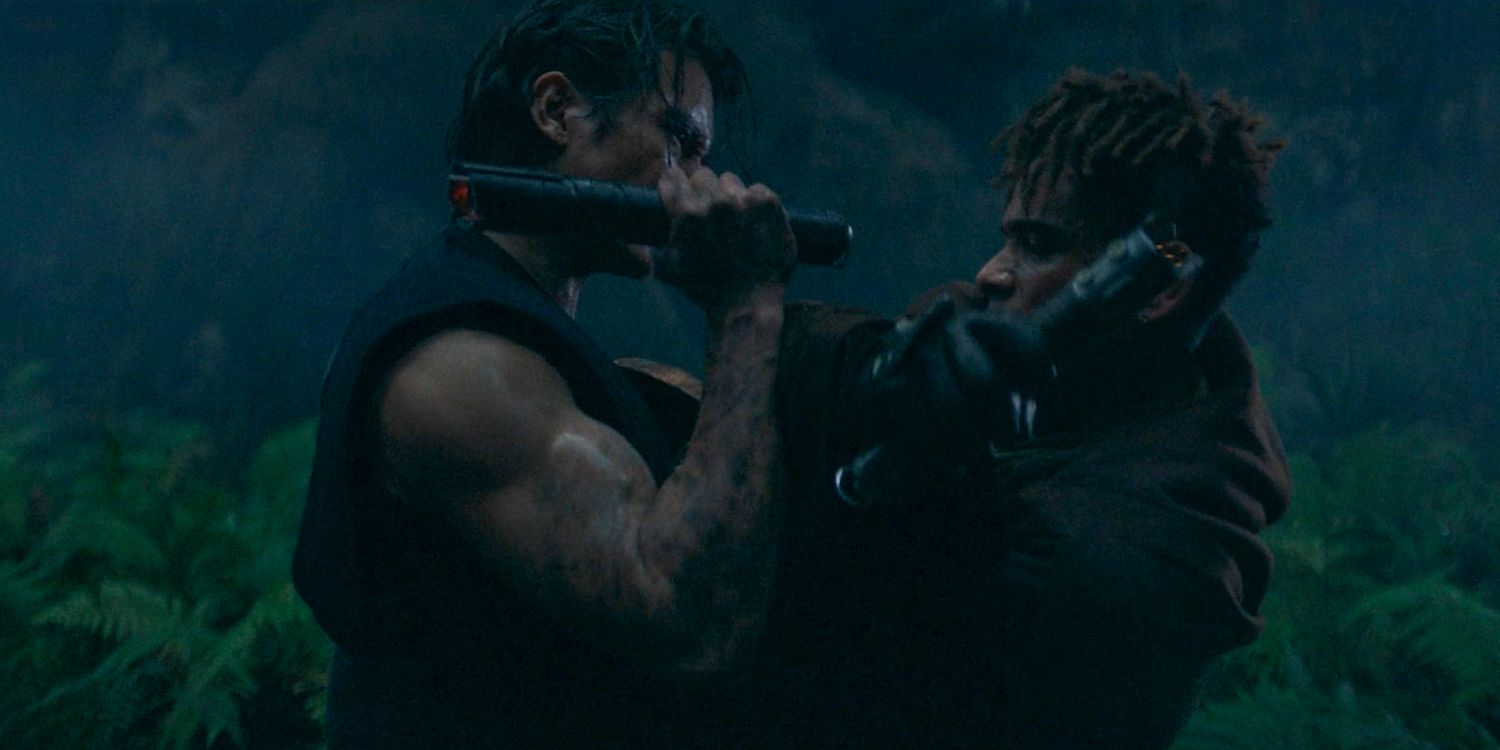
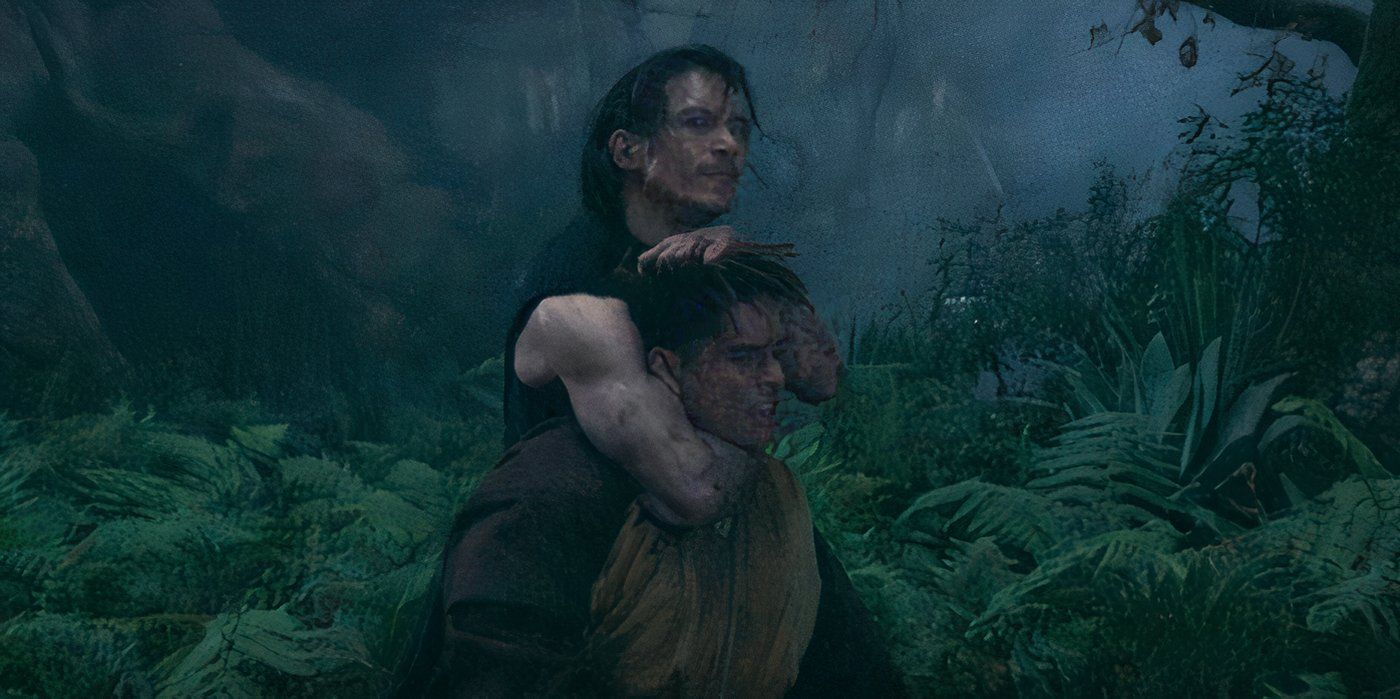





Undoubtedly, having a bulkier hilt would impact lightsaber forms, and that’s seemed to be the case in The Acolyte so far. The show shocked many viewers with its brilliant lightsaber fights, most notably in The Acolyte episode 5, which saw Qimir decimating numerous Jedi. However, it’s clear that the lightsaber styles seen in The Acolyte are quite different from those seen in the Star Wars prequels, and that is likely in part due to the lightsaber designs.
In the prequels, especially during the Duel of the Fates battle, lightsaber fights seemed more like an art form than a brawl. There’s something almost graceful about the fight between Obi-Wan, Qui-Gon Jinn, and Darth Maul, even as they were fighting to the death. However, as mentioned in the same YouTube video, in The Acolyte, the Jedi wield their sabers almost like a knight wielding a sword. That isn’t to say lightsaber fights aren’t excellent in The Acolyte—quite the opposite.
The lightsaber battles in The Acolyte have been truly thrilling to watch, but it’s evident that the different hilts have had an impact. It would be quite difficult to do Anakin Skywalker’s iconic lightsaber spin move with an Acolyte hilt, for example. Of course, the final episode of The Acolyte is just around the corner, and it will surely include brand-new epic lightsaber battles that could reveal even more about the lightsabers in this era.





